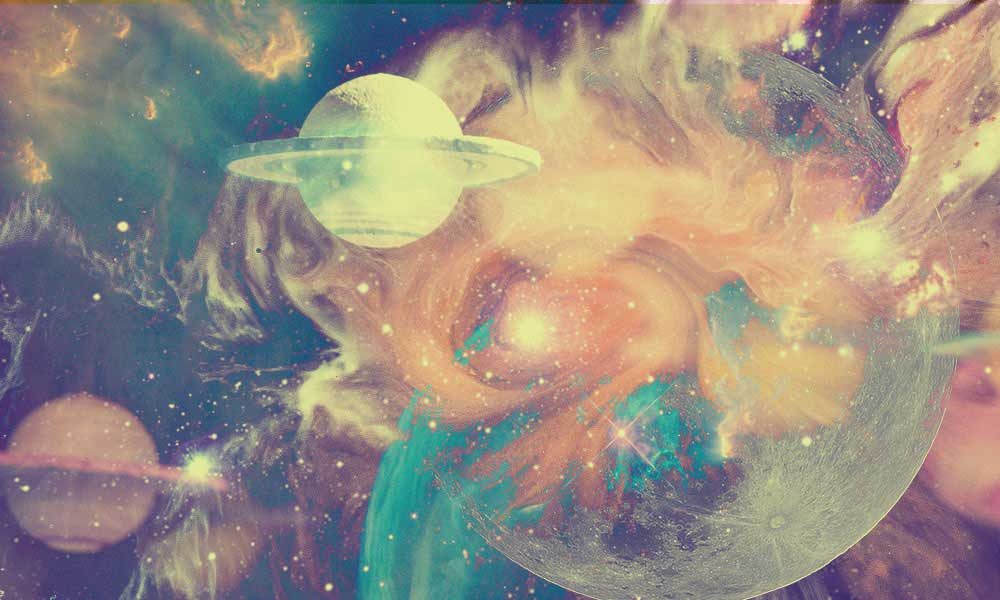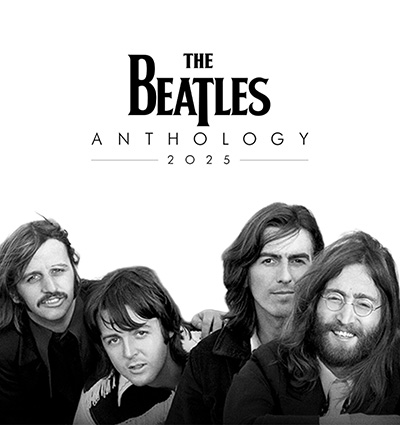The Greatest Classical Music Inspired By Space
Celebrate the anniversary of the moon landing by exploring classical space music including Vangelis’ ‘Rosetta.’

The first lunar landing in 1969 might very well have been a giant leap for mankind, but it was no such thing for composers. They’d already been taking steps on the moon centuries before Neil Armstrong uttered his immortal phrase. They didn’t have the benefit of spacecraft, of course, but they did have the benefit of their imaginations and the power of sound to convey the music of the spheres – and I’m not just talking about you and your ubiquitous Planets, Mr. Holst. So scroll down to explore some more left-field examples of classical space music from the last three hundred years including Vangelis’ Rosetta, Handel’s Semele, and Haydn’s Il Mondo Della Luna (The World On The Moon).
Listen to Vangelis’ Rosetta on Apple Music and Spotify and scroll down to explore our selection of classical space music.
Vangelis: Rosetta
Greek composer Vangelis has always been fascinated by space travel, and his 2016 album Rosetta was inspired by the European Space Agency’s mission to send a probe to land on a comet for the first time in history. Written in his trademark slow-synth trippy style, Vangelis’ music for Rosetta creates a hallucinatory feeling of floating through space. The music is dedicated to everyone who made ESA’s historic Rosetta space mission possible. Vangelis said, “Mythology, science and space exploration are subjects that have fascinated me since my early childhood. And they were always connected somehow with the music I write.”
Marc-Antoine Charpentier: ‘Tristes Déserts’
Charpentier’s sad little seventeenth-century song ‘Tristes Déserts’ (it means ‘melancholy deserts’ or ‘sorrowful plains’) isn’t about space travel per se. It’s actually about a betrayed lover lamenting the pain in his broken heart, but the manner in which it presents an endless universe of grief inspired the extraordinary Swiss tenor August Schram, with the help of director Stephanie Winter and the classical-synth outfit Austrian Apparel, to create this funny and beautiful video about a space-travelling robot.
The visuals really pick up on a strange lunatic quality already in the music, and illuminate it in a most unexpected way. If you like Schram’s bonkers approach, then check out the rest of the videos on his terrific MeTube channel, and prepare for your jaw to hit the floor when you see his hilarious fetish take on Bizet’s ‘Habanera’. Fifty Shades of Carmen, anyone?
Handel: ‘But Hark, The Heavenly Sphere Turns Round… Prepare Then, Ye Immortal Choir’ From Semele
In Handel’s Semele the heroine is willingly snatched from earth by Jupiter to go and live in heaven as his mistress. At first she’s happy, but she soon becomes increasingly frustrated at being a mere mortal among so many gods. In order to distract her from her worries, Jupiter arranges for her sister Ino to come and visit. When Ino arrives, she describes the extraordinary nature of her journey through space – “Silence now is drown’d / In ecstasy of sound” – and the two sisters sing a rapturous duet. Classical space music has never sounded so meltingly lovely.
Haydn: Overture To Il Mondo Della Luna (The World On The Moon)
Haydn’s operas aren’t staged very often now as the plots tend to plod somewhat, and the characters don’t come alive, psychologically speaking, through their arias in the way that, say, Mozart’s heroes do. But the music is always gorgeous, and there are some wonderful moments to be found nonetheless. Il Mondo Della Luna is about a pompous old bore called Bonafede who is tricked into believing that he has been transported to the moon. The whole of the second act supposedly takes place on that satellite, although actually it’s Bonafede’s own garden in disguise. The overture is a delightful piece of classical space music, and Haydn re-used it as the first movement of his Symphony No. 63.
Wagner: ‘Verwandlungsmusik’ (‘Transformation Scene’) from Parsifal
Wagner was the most philosophical of composers and became fascinated by the nature of what we now call the ‘space-time continuum.’ In his final opera Parsifal, he gave musical expression to this fascination in a passage of transcendent and mystical beauty. It appears at the moment when the wise old sage Gurnemanz takes the naïve and callow Parsifal to see the Holy Grail being unveiled, and tells him, “This is the realm in which time becomes space.” Parsifal tells him that although they are walking, they scarcely seem to move. Wagner captures this paradoxical melding of movement into stasis (of “time into space”) with slow, bell-like chords and music of ritualistic power. This is space-travel in the most ecstatic meaning of the term.
Benjamin Britten: ‘Now The Great Bear And Pleiades’ From Peter Grimes
Since the dawn of time, we have looked at the heavens to give us insights into our own sublunary lives. We cast horoscopes. We picture God in the clouds. We shake a fist at the skies when fate seems cruel. Britten captured this odd sense of longing and puzzlement in a beautiful aria in his opera Peter Grimes. It comes after a storm rises, and all Peter Grimes’s neighbours have crowded into a tavern for comfort. They’re anxious and frightened, not just of the storm, but also of the possibility that Peter might be a murderer. At the height of the tempest, the tavern door bangs open. Peter appears, and sings this poignant aria about the impact of the stars on human life. “Now the Great Bear and Pleiades where earth moves / Are drawing up the clouds of human grief.”
Olivier Messiaen: ‘Appel Interstellaire’ (‘Interstellar Call’) From Des Canyons Aux Étoiles (From The Canyons To The Stars)
Messiaen’s Des Canyons Aux Étoiles was written to commemorate the bicentenary of the United States Declaration of Independence, and reflects Messiaen’s impressions of the wild landscape of Utah. But it also reflects his religious faith and curiosity about the mysteries of the universe. The sixth movement is a strange atonal horn solo which pushes the instrument to its limits. It conjures up the idea of sound waves hurtling through space, and the possibility of making sonic contact with other beings from the galaxy.
Looking for more? Discover 20 songs inspired by the moon.












